With the adoption of electric cars on the rise, many new consumers will no doubt be wary of whether electric cars currently provide enough range for their everyday commute.
Range anxiety is a very common concern with people who are still unsure of whether an electric car can be in their future. With so much concern towards not wanting to run out of charge, electric car ranges are the most advertised specification whenever a new electric car is announced. But at the end of the day, how important is electric car range now and how important will it be in the future with more prominent charging networks?
How Far Can an Electric Car Go?
As you can imagine, the range of an electric car can be as variable as the range of a traditional internal combustion engine (ICE) vehicle. Only a few years ago, whatever few electric cars that we did have, sported a range of somewhere in the mid-100 mile range. Currently, the standard range for a new electric car seems to be in the low- to mid-200 mile range.
In only a few short years, the average electric car range has increased dramatically. With the major deciding factor of electric car range being the battery, the range of electric cars will only increase as battery technology improves. It would not be far fetched to think that in the future there could be an electric car with a range of over 1,000 miles.
Does Electric Car Range Actually Matter?
Well, not really. I know that sounds a bit hypocritical given that it’s the major number we look at when an new electric car comes out. But for the time being, with range anxiety being one of the largest obstacles for electric car adoption, it is no wonder that both the electric automaker marketing teams and journalists alike make a big deal about the range of a new electric car. The car could be the best car in the whole world, but if it has a range of less than 100 miles, it might as well not exist.
According to the U.S. Department of Transportation, the average American drove an average of 13,476 miles per year. When divided by 365, you get an average daily mileage of around 37 miles. Essentially, if one were to charge their electric car every night at their home, then even a car with 100 miles of range would be good enough for your daily tasks.
Now obviously there are people who drive more than that regularly and there are people who want to take their electric car on trips. For the rare occasions when you’d actually need to publicly charge, you can use some of the widely available electric car chargers. If you sit down and math out your daily commutes and rare long distant travels, you’d most likely see that you’re currently spending more time at gas stations than you would at an electric car charger on a monthly basis. People tend to ignore the fact that you’re leaving your home every morning with close to a full charge.
You should not have to wait for cars to have a 500+ mile electric range before committing to buying one. Especially with increasing electric car charging infrastructure and decreasing charging times. Current standards are enough for at least 90% of drivers.
Best Ranged Electric Car
The Model S remains king in terms of distance with a range of 310-335 miles depending on whether you take the performance version or opt in for the extended range option.
Tesla Model S
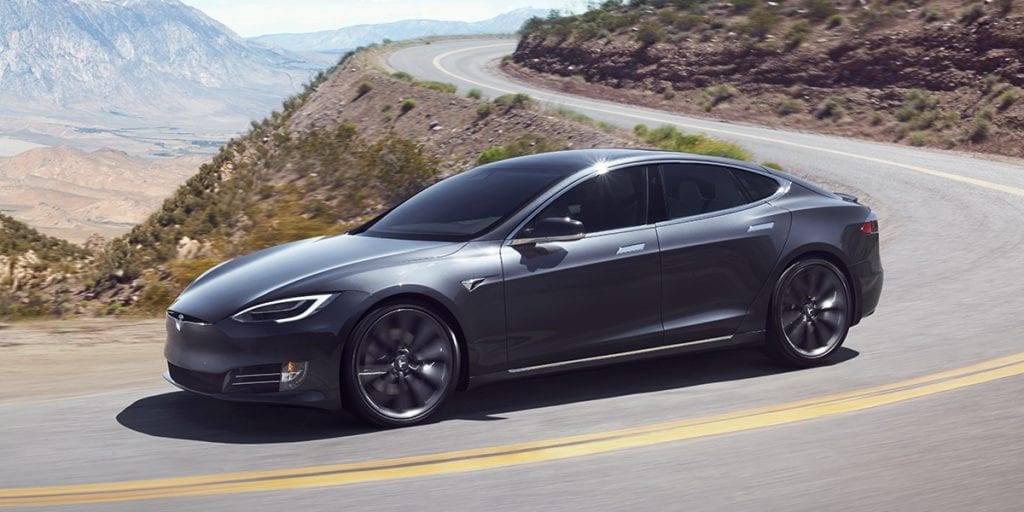
I don’t think it is a shock to many that Tesla holds the top 3 spots on this list. But very recently there has been some stiff competition that is nipping at the heels of the American electric automaker.
Tesla Model 3
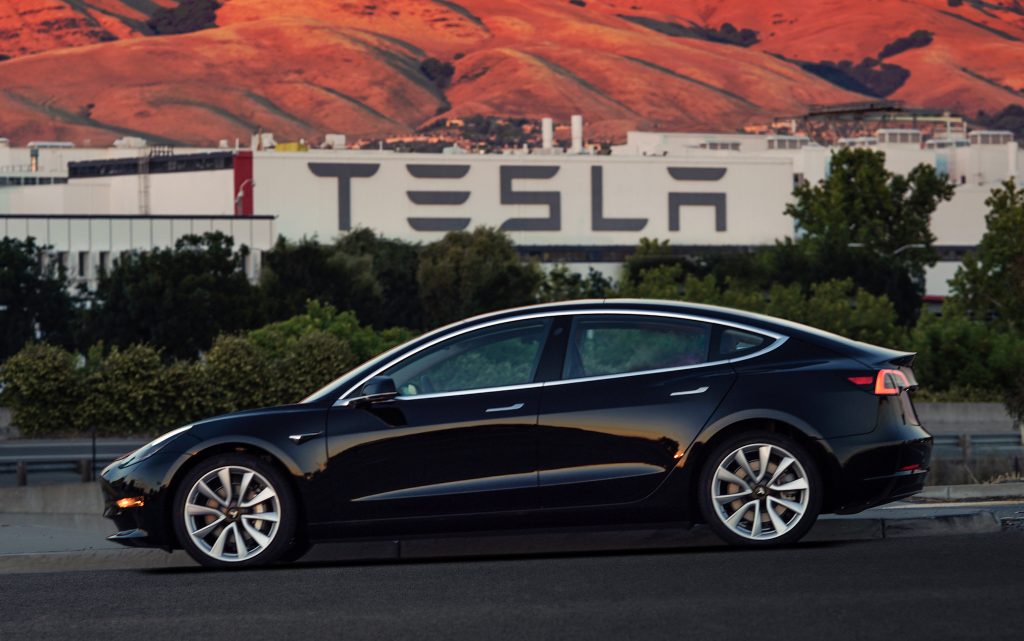
Tesla’s most affordable electric car gives you a range of 310 miles when you opt for the long range model, and a range of 264 miles if you go for the mid-range option. And you know, if that standard-range version ever comes out, it will have a still respectable range of 220 miles.
Tesla Model X
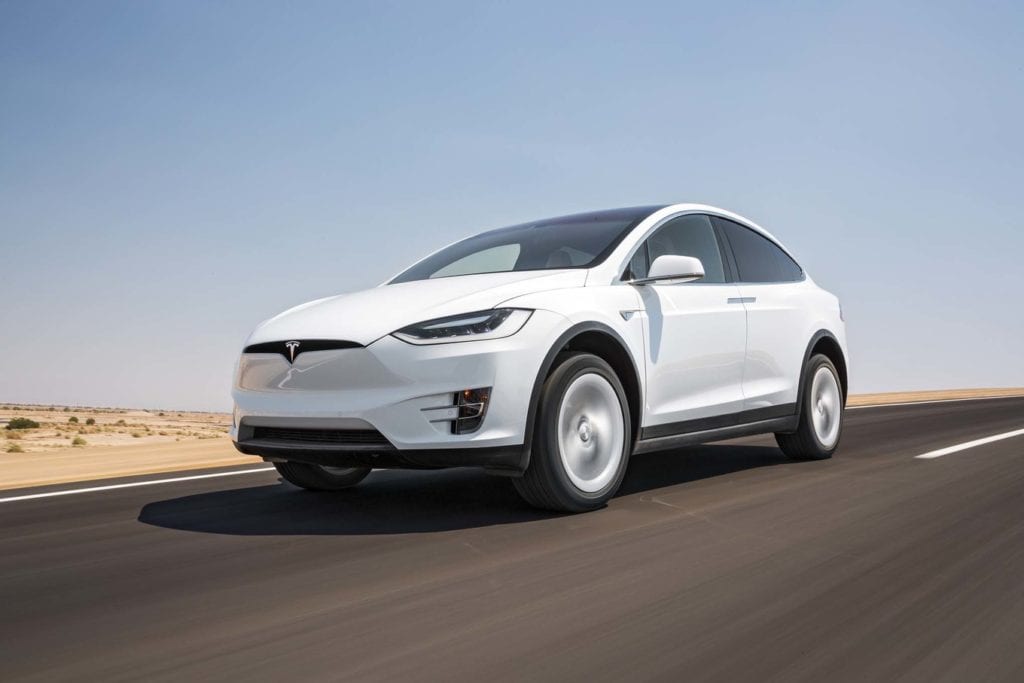
Rounding off Tesla’s top 3 spots is their behemoth that somehow still manages to have a range of 270-295 miles depending on how you spec it out.
Hyundai Kona Electric

A pleasant surprise from the Korean automaker, the Kona electric delivers a range of 258 miles with its 64 kWh battery. There will also be one with a smaller 39.2 kWh battery with a range of around 186 miles.
Kia Soul Electric
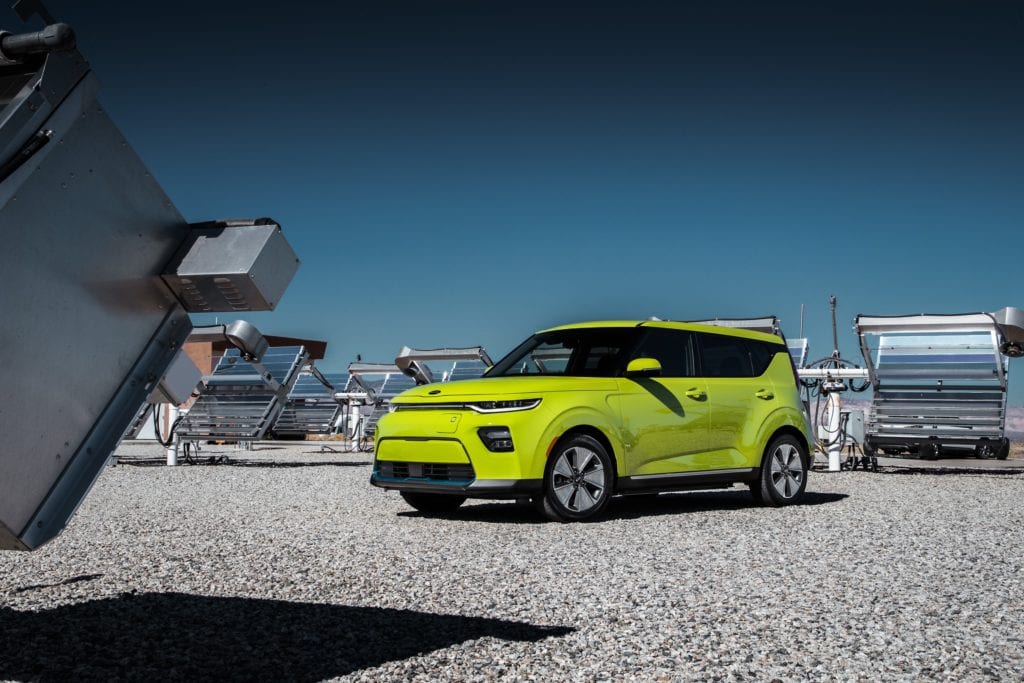
Sharing the same 64 kWh battery that is found in the Kona, the all-new redesigned Kia Soul gets a very strong 243 mile range.
Kia Niro Electric
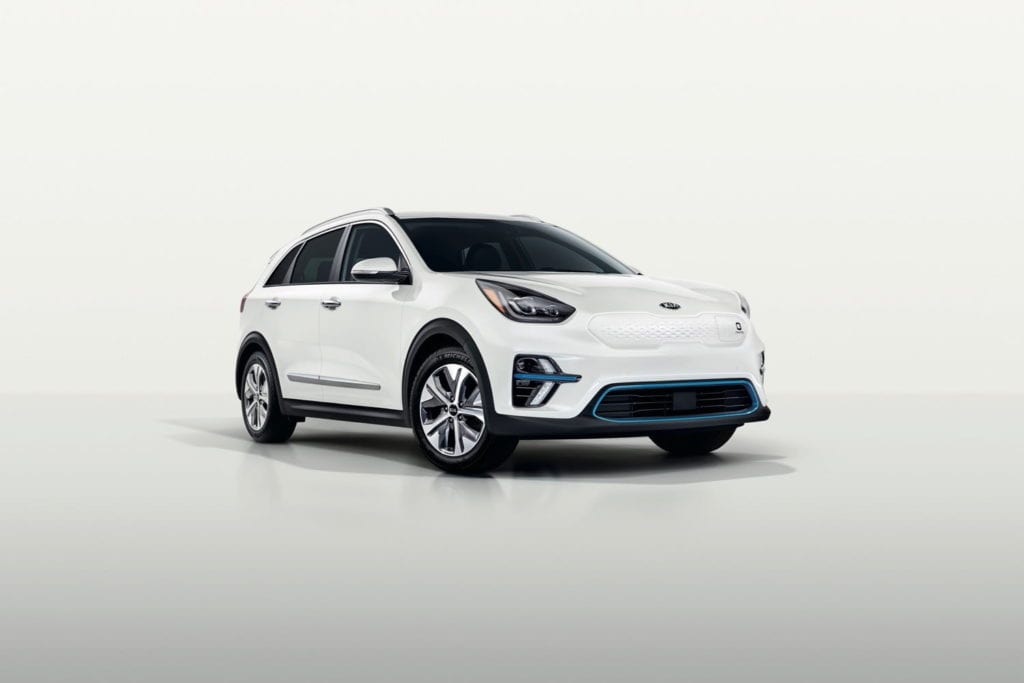
Backstopping the Kia-Hyundai trifecta, we have the Kia Niro EV which also shares the same 64 kWh battery from the the Soul and Kona. But as it is the largest of the three, it has a slightly reduced range of 239 miles.
Chevrolet Bolt
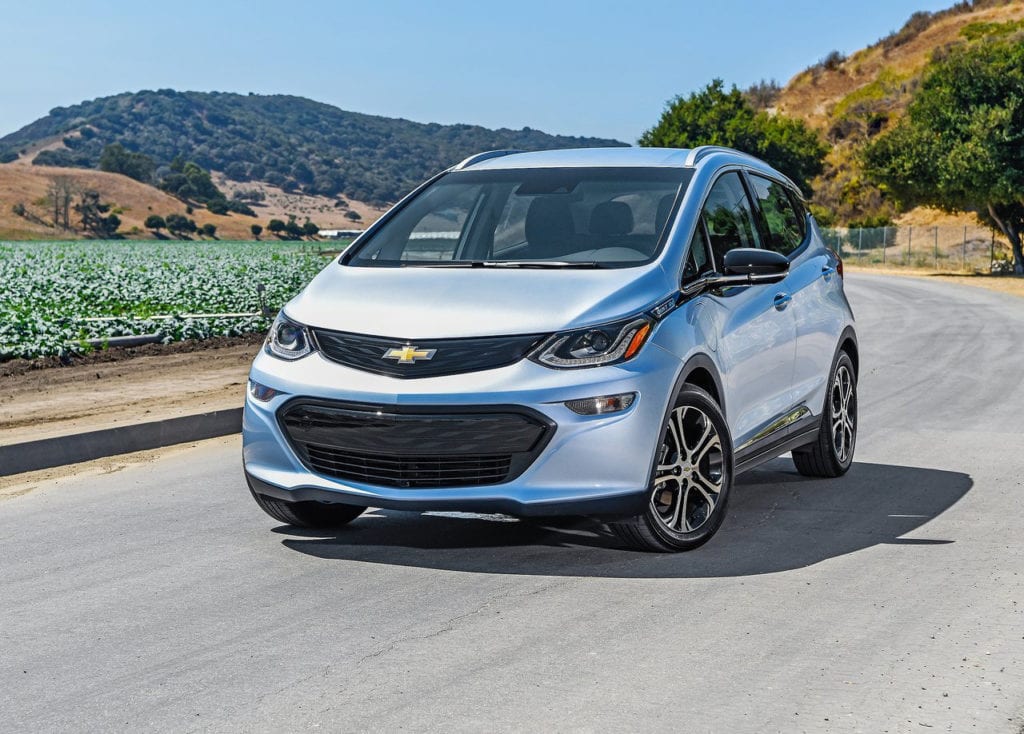
For a while now the Bolt had held the distinction of having the highest range of any non-Tesla electric car with a range of 238 miles, but it has lost that title very recently. It’s shame that GM has yet to build upon the Bolt platform.
Jaguar I-Pace
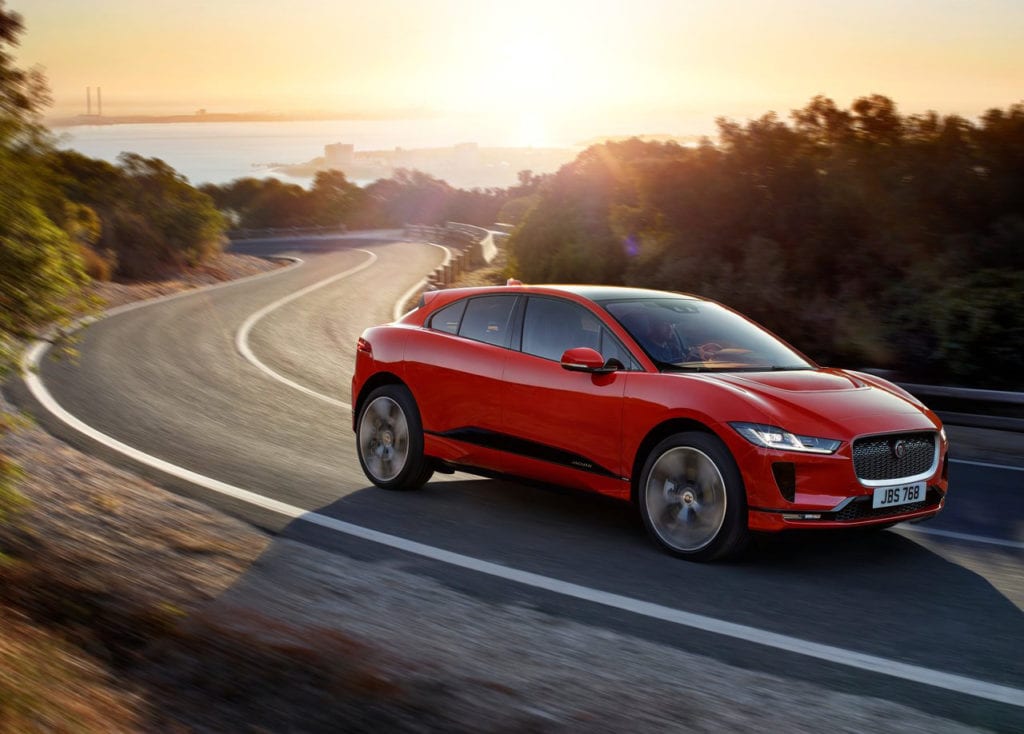
What has been touted by many as a “Tesla killer”, it has not done so in the range department. Having a range of 234 miles, while still very good for most people, it’s still 36 miles away from Tesla’s lowest offering.
Audi e-tron

This is placed in an interesting location as every other car has its range based on the EPA rating. Currently, the Audi e-tron does not have a rating from the EPA. Instead, it has a WLTP rated range of 248 miles. While the WLTP ratings are closer to the EPA ranges than the NEDC ratings were, the EPA ranges are still slightly more accurate. So we will have to guess that the EPA rated range of the Audi e-tron will be somewhere in the 225-235 mile range. Still a very solid offering.
Nissan LEAF e+
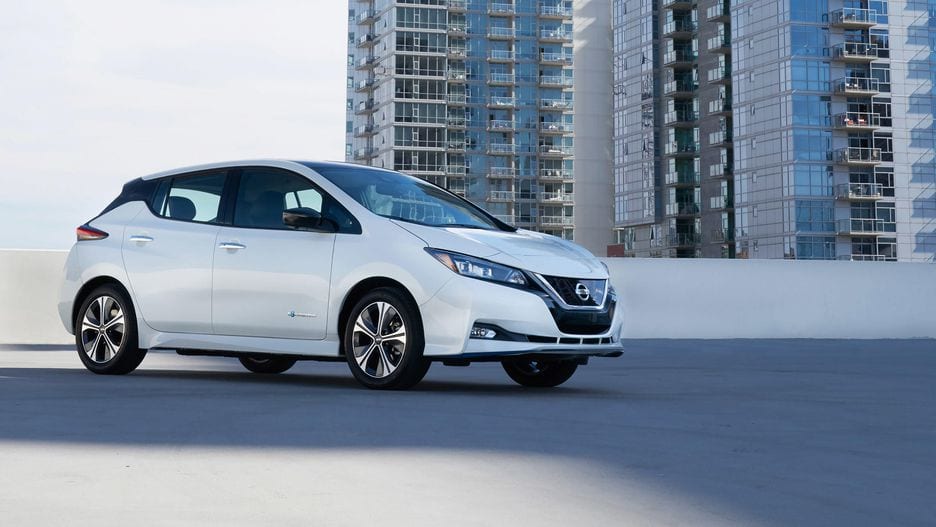
The updated Nissan LEAF e+ will come with range of 226 miles (EPA est.) which will give it a significant boost over the previous LEAF’s 151 mile range.
How Do You Charge an Electric Car?
Charging your electric car is even more convenient than refueling a tradition ICE car (except for time, but we’ll get to that later). Your primary option would be to have an electric car charger at your residence which would allow you to charge the car overnight. This means that you to wake up every morning with an almost full battery and range.
Additionally, when you are away from home, there is a multitude of electric car charging stations currently being built to further expand the worldwide charging infrastructure. Who knows, perhaps your daily route won’t have to change in order to charge your electric car. Petro-Canada announced their intentions to build electric car chargers within their existing fueling stations across the Trans-Canadian Highway. This seems like a strategy that many other petroleum companies might adopt, so you might end up charging your electric car at the same spot you used to fuel up your last car.
Where Do You Charge an Electric Car?
While currently there are not as many electric car charging station companies as there are petroleum companies (at least not in the United States), more and more are sprouting up to provide energy for electric cars as time goes on. Just to name a few that are already around and expanding rapidly: EVgo, Chargepoint, Blink Network, Greenlots, IONITY, e.on, and the Volkswagen-led Electrify America.
That is not by any means a comprehensive list, but it is some of the larger ones in the world. To make navigating all of the different electric car charging stations easier, we recommend that you look into PlugShare which lists every companies charging stations in one convenient map.
How Fast Does an Electric Car Charge?
The answer to this question is highly dependent on both what you are using to charge your electric car and what kind of charger you are using.
Level 1
To start off, we have a Level 1 charger, which is essentially just plugging in your car into your standard wall outlet. This presents the slowest charging speed as it only provides around 1 kW of power (meaning if you wanted to fill up a 50 kWh battery, it would take you about 50 hours). This should only be used if you own a plug-in hybrid with a very small battery (less than 8 kWh).
Level 2
Next up, we have Level 2 chargers which are commonly found on the side of city streets, businesses, and homes. This is the type of charger you should be installing if you plan on charging your electric car at home. These provide anywhere from 3-20 kW of power. Meaning that if your charger is anywhere on the higher end of the range, your electric car can be charged to 100% overnight.
Level 3
Lastly, we have Level 3/DC chargers, these are the chargers that you will find on the side of highways and highly populated electric car areas. These provide anywhere from 50 kW of power to 350 kW of power on some of the newest stations being built, such as those found in Electrify America and IONITY. When charging at a 350 kW station, you would be able to go from 0-80% charge in a matter of 15 minutes.
But hold up, not every car is capable of charging at these speeds. A BMW i3 or Nissan LEAF for instance will not be able to charge over 50 kW, meaning that you cannot reap the benefits of ultra-fast 350 kw charging. In fact, there is no car currently on the market that can take advantage of that charging speed. Currently, the only vehicles that can charge slightly over or around 100 kW is the Jaguar iPace, Tesla Model S/X/3, and Audi e-tron which holds the highest rating at 150 kW. One prominent electric car that will take advantage of 350 kW charging is the Porsche Taycan.
As you can see, charging speeds have progressed drastically over the past decade and it might only be a matter of time before charging your electric car will be faster than refueling a gas-powered one.
Where Do You Charge a Tesla?
Charging a Tesla is not too different from any other electric car, but does come with a caveat. While most North American and European electric cars use a CCS Combo plug and Japanese electric cars use a CHAdeMO plug, Tesla uses a proprietary plug for their cars. As such, only their cars can use their extensive Supercharger Network, but you are required to use an adapter if you want to use a charger that offers either a CCS Combo or CHAdeMO plug.
It is a trade off that most people take as the Supercharger Network is one of the most extensive in the country. However, there is a bit of a shift in the Tesla plug recently. With the arrival of the Model 3 on European shores, Tesla opted to equip the Model 3 with a CCS plug instead their own. On top of that, Tesla is retrofitting European Superchargers to have a CCS plug so that the Model 3 can still use the network.
Is this indicative of a change that Tesla might make to all of their worldwide models in the future? Who knows.
How Fast Does a Tesla Charge?
While Tesla has maintained the lead for a long time in terms of charging speed, it seems that it might soon no longer be the leader in the race. While the Tesla Supercharger 120 kW charging limit allows most Teslas to reach an 80% charge within 30 minutes, it might soon be overlapped by many electric automakers and those jumping into electric car infrastructure within the next few years.
Most premium electric cars that Tesla will compete against will target 150 kW charging at the least, if not 350 kW charging like the Porsche Taycan and Audi e-tron GT. Tesla has announced plans for a Supercharger V3 this year so we will have to wait and see how they plan to compete.
It was seen that the long range Model 3 is theoretically capable of charging at upwards of 200 kW, which is a nice boost from the old 120 kW. Perhaps it will be able to take advantage of an increase power delivery from version 3 of Tesla’s Superchargers, but honestly who knows when those will become a thing.
So is electric car range important? Until charging infrastructure becomes more commonplace, electric car range will be important. Marketing teams will continue to prioritize showing the range of an electric car as its much easier for the consumer to visualize. But as time goes on and ranges become higher and higher, people will care less.
For instance a 6-cylinder Toyota Camry has a range of around 377 miles according to the EPA. But does anyone really know that? If I gave someone an electric car with a range of 380 miles or this Camry, which do you think they would feel more comfortable in?
It’s a battle that will have to be fought, but we will eventually get to a point where even the most entry level electric cars will have a range that will fulfill a week or two of driving for most people. At that point we’ll treat electric car range as we do top speed, just for bragging rights.
3 comments
the biggest plus to this electric revolution is the lesser impact on the environment.
The time saved with fossil fuel machines is negligible when one considers the (perhaps late) benefits these cars are bringing in terms of the exhaust spew and noise pollution.
Will be interesting if the batteries become a nuisance in the realm of cell phones, computers and other tech that becomes junk. Musk really seems to make the environment a priority, so for now feels good to side with him.
You are right that for 90% of us, local driving is often 30-100 miles per day, so home charging is fine for that. BUT when I need to take a trip and especially in the winter when its cold, Range DOES indeed matter. Equally or even more important than Range is the TIME it takes to charge when on a trip. Most ICE cars can go 350-400 miles on a tank and take 15 minutes at a gas station to fuel up, clean windows and off you go. On family trips, driving 600 to 1000 miles a day is not uncommon. An ICE car can do that with 1 or 2 fuel stops, adding only 15-30 minutes to the trip for fueling. But an EV even with Telsa Superchargers needs 1-3 stops of at least 30 to 60 minutes, adding 30 to up to 3 HOURS of charging time to the trip AND double that in very cold weather. Add to that the trick of finding a SuperCharger on your route and inconvenience of stopping more often on long trips and you have the current dilemma facing the really widespread use of EV’s as the family car or for the 1 car family. This past January, I had to drive from Aspen to Denver (200 miles) in single digit weather. I have extended range Model 3 dual motor. Since for normal use, I only charge to about 245 miles and I am still waiting for Tesla to deliver my home level 2 charger, I had to go to a Supercharger BEFORE starting the trip to start with a full charge. 15 minutes round trip to charger and another 15 minutes to charge. Then the cold reduced my range by about 1/2, so I had to stop about midway to charge for hour. That left me with almost not range once I arrived in Denver. The nearest Supercharger was an HOUR drive each way. So I charged where I was staying over night at 5 mile/hour to give me the charge need to get to the SuperCharger. Had to wake up at 5 am and spend 3 hours driving and charging round trip. So, my ICE car could do this trip with spending only 30 minutes fueling and no extra driving to arrive at destination with a full tank. With the Tesla, extended range, I had to spend 4 EXTRA HOURS (4.5 hours total) to arrive and be fully charged, not counting the overnight charging at the home we were staying at. Once there. charging overnight did work for the week I was there, and I would have had to fill the ICE car once with fuel, for 15 minutes and again once on the drive home to arrive with 1/2 tank, so Round trip ICE car, I would have spent 1 hour total fueling. With my Tesla, I spent 6 hours charging and driving to the Super Chargers. That extra 5 hours of charging time and driving means I won’t EVER use the Tesla for long winter driving again.
Of course range matters – we expect our cars to be able to travel long distances at any time.
But acceptable ranges depend to a certain extent upon battery recharge speed and number of charging stations. The fastest charges are now the CCS Porsche Taycanabd some BMW protoypes. Tesla’s Supercharger is now the slowest system